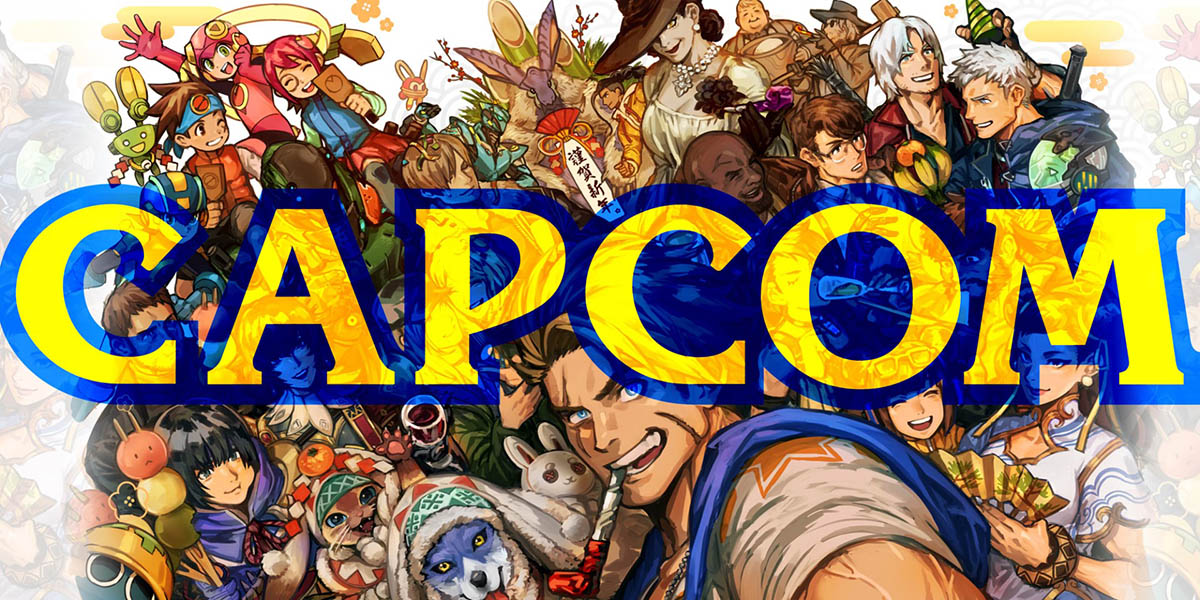The Origins of Mega Man
A Bold Beginning
Few characters hold as much recognition in gaming as Mega Man. Created in 1987 by Capcom, the blue-armored hero first appeared on the Nintendo Entertainment System. Keiji Inafune, often regarded as the series’ spiritual father, played a significant role in crafting this enduring figure. Originally designed to appeal to a wide audience, the character embodied simplicity and innovation. The team behind the game sought to introduce players to a unique experience that combined vibrant visuals with intuitive gameplay. Despite limited resources, their efforts resulted in a franchise-defining release.
A Hero’s Purpose
Mega Man’s debut introduced players to a world where robotic foes controlled by the villainous Dr. Wily challenged humanity’s peace. The protagonist, a humble assistant named Rock, transformed into a battle-ready hero to confront these threats. His journey combined a sense of purpose with approachable mechanics, ensuring both experienced gamers and newcomers found something to enjoy.
Overcoming Development Challenges
During its development, the game faced numerous technical and creative challenges. The limitations of 8-bit hardware required meticulous attention to detail in designing levels, characters, and animations. Despite these obstacles, the team’s innovative approach allowed them to create a game that not only showcased the technology of its time but also pushed its boundaries. The result was a world filled with vibrant colors, dynamic enemy designs, and an engaging narrative that resonated with players worldwide.
Gameplay Features and Boss Battles
Strategic Level Design
Mega Man’s gameplay design became a cornerstone of its success. The side-scrolling mechanics were straightforward yet offered layers of complexity. Each level centered around a Robot Master, an adversary equipped with unique abilities. Players could tackle these levels in any order, adding a layer of strategy to the experience. Mastering a stage required skill, patience, and keen observation, rewarding persistence with a satisfying sense of accomplishment.
Innovative Weapon Systems
Weapon upgrades introduced another layer of depth. Defeating a Robot Master granted access to their specific power, which could then be used against other enemies. This “rock-paper-scissors” dynamic ensured players constantly adapted their approach. Memorization, quick reflexes, and experimentation were essential components of success. The addition of energy tanks and checkpoints offered just enough assistance to balance the challenge without diminishing the game’s difficulty.
Memorable Boss Encounters
Boss battles stood as defining moments. Each encounter demanded precision, timing, and understanding of patterns. These confrontations were intense yet fair, providing memorable moments that players would recount long after completing the game. Combined with the memorable chip-tune soundtrack and vibrant pixel art, the gameplay created an experience that resonated deeply with audiences.
Unique Stage Designs
The level designs also contributed significantly to the game’s charm. Each stage reflected the personality and abilities of the Robot Master it housed. For example, the icy surfaces of Ice Man’s stage tested players’ control and timing, while the fiery hazards in Fire Man’s level required quick reflexes and strategic planning. These unique environments kept the gameplay fresh and encouraged players to develop new strategies for each challenge.
Hidden Depths
Moreover, the introduction of hidden mechanics and easter eggs added depth to the experience. These secrets often rewarded attentive players with bonuses or shortcuts, further enhancing replayability. By encouraging exploration and experimentation, the developers created a game that remained engaging long after the first playthrough.
The Evolution of the Series
Building on Success
From its 8-bit roots, Mega Man evolved into one of Capcom’s flagship franchises. Sequels retained the core mechanics while introducing subtle innovations. The second installment remains a fan favorite, refining the original’s formula with improved graphics, a polished soundtrack, and tighter controls. These enhancements showcased the developers’ dedication to refining the series without alienating its base.
Expanding the Narrative
Subsequent titles expanded the lore and gameplay. The introduction of characters like Proto Man and Rush added depth to the narrative and mechanics. Over time, the series experimented with different ideas, such as branching storylines and collectible items. By the time the X series debuted, Mega Man had undergone a significant transformation. The new protagonist, X, brought a darker tone and advanced mechanics to the table, reflecting the gaming industry’s evolution during the 1990s.
Adapting to New Platforms
Mega Man Battle Network marked another significant shift, adapting the franchise to the portable Game Boy Advance. This series combined role-playing elements with strategic grid-based combat, appealing to a younger audience. Despite these changes, the essence of Mega Man’s appeal—challenging gameplay and iconic design—remained intact.
Technological Advancements
Over the years, Mega Man’s visual and technical presentation continued to evolve. The transition from 2D sprites to 3D models allowed the series to adapt to modern hardware while maintaining its unique aesthetic. Games like Mega Man Legends experimented with open-world elements, providing players with a fresh take on the franchise. While some of these departures from tradition were met with mixed reactions, they demonstrated the series’ willingness to explore new ideas and remain relevant in a rapidly changing industry.
Resurgence and Community Support
The advent of digital distribution brought about a resurgence for the classic series. Collections such as the Mega Man Legacy Collection provided players with a convenient way to experience the original games on modern platforms. These compilations not only preserved the franchise’s history but also introduced it to new generations of gamers, ensuring that its legacy endured.
The developers’ focus on feedback further contributed to the series’ longevity. Player suggestions and critiques were often incorporated into subsequent titles, leading to features and improvements that resonated with fans. This commitment to community engagement solidified Mega Man’s reputation as a franchise that valued its audience.
Mega Man’s Legacy Today
An Enduring Influence
Mega Man’s influence extends far beyond its original releases. The franchise defined an era, inspiring countless platformers with its blend of challenge and accessibility. Its impact can be seen in modern indie titles that pay homage to its mechanics and style. Developers continue to draw from its formula, proving that its design principles remain relevant decades later.
A Nostalgic Community
The series also enjoys a robust nostalgia-driven community. Fans celebrate its legacy through speedrunning events, fan art, and remixes of its iconic soundtracks. Capcom has embraced this enthusiasm by releasing collections that allow new generations to experience the classics. These compilations not only preserve the franchise but also introduce it to players who may have missed its heyday.
Beyond Gaming
Additionally, Mega Man’s cultural impact extends beyond gaming. The character has appeared in animated series, comic books, and merchandise, cementing his status as a pop culture icon. These adaptations have introduced the character to audiences who may not have played the games, further expanding his reach and influence. The franchise’s ability to resonate across different media showcases its universal appeal and enduring relevance.
Lessons in Design
Mega Man’s design philosophy has also influenced education and training programs. The game’s emphasis on problem-solving, adaptability, and critical thinking has been used as a teaching tool in various settings. By demonstrating how challenges can be approached methodically, the series offers lessons that extend beyond entertainment.
A Future Unfolding
As gaming continues to evolve, Mega Man’s influence remains evident. Modern platformers often incorporate elements pioneered by the series, from non-linear level design to strategic boss encounters. This enduring legacy serves as a reminder of the series’ importance in shaping the gaming landscape. With new entries and re-releases continuing to capture the hearts of players, Mega Man’s journey is far from over. The blue bomber’s story continues to inspire, entertain, and challenge gamers, ensuring that his legacy will endure for generations to come.

